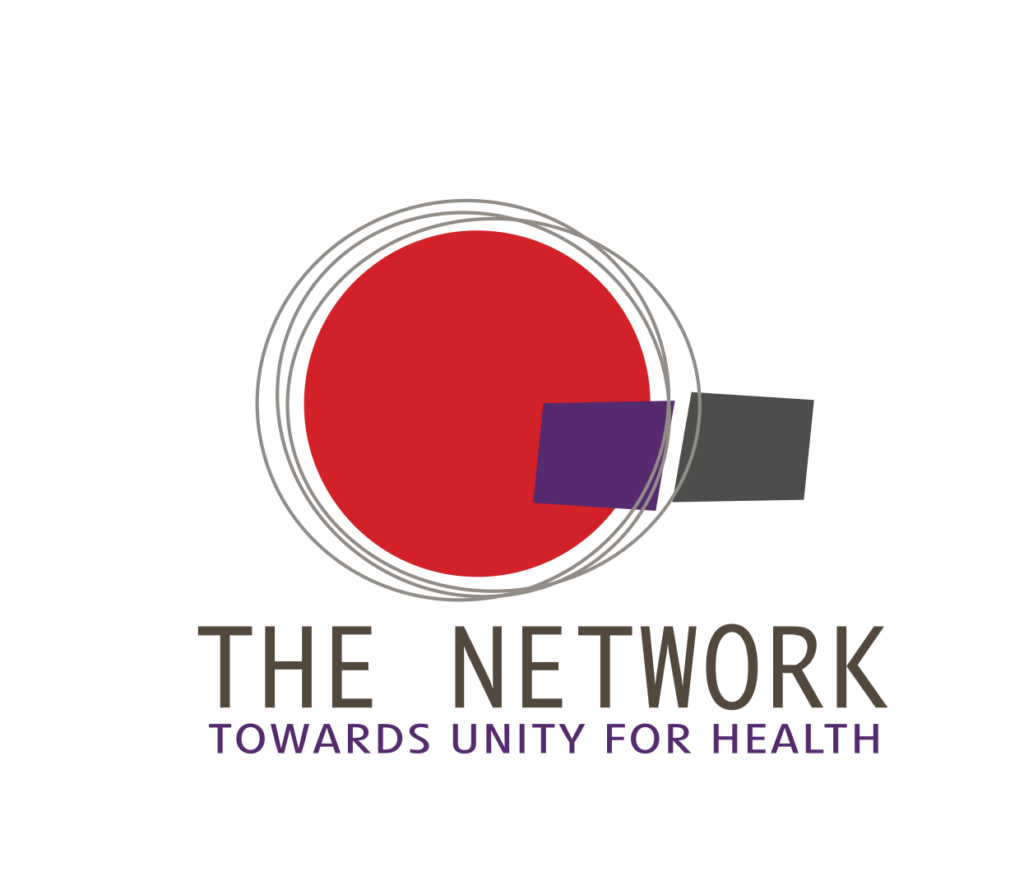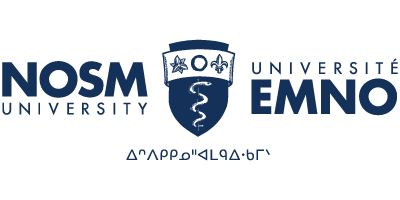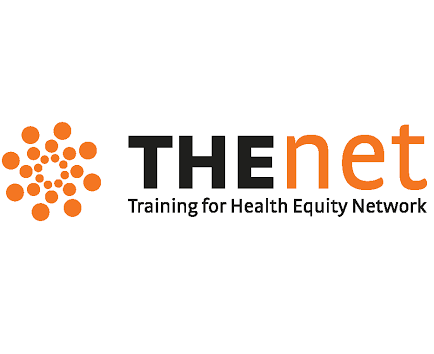Welcome
The Indicators for Social Accountability Tool (ISAT) – now in its 2.0 version – helps institutions to become more Socially Accountable to the public, the community, and the people who they serve. It addresses student recruitment, selection and support; faculty recruitment and development; what, how and where students learn; research activities; governance and community engagement; school outcomes; and societal impact. Each core component is divided in four developmental phases and includes milestones, standards and indicators. The process engages all of the key players at an institution in order to reflect on where the institution is in each domain and where there is room for improvement on their journey toward social accountability. The ISAT verification process demonstrates an institution’s dedication to responding to people and society’s priority health needs today and in the future. The ISAT process brings institutions and their representatives into a community of leaders who are, driving a global movement of people using social responsibility as a force for good. Their institutional profiles are publicly available here.
We want to make special acknowledgment and show our gratitude and thanks to the Pan American Health Organization (PAHO) and the World Health Organization (WHO) for their support of the development of the Social Accountability Platform and allowing the use of the Indicators for Social Accountability Tool in advance of the official publication that was originally developed by representatives from AMEE’s ASPIRE, Training for Health Equity Network: THEnet, the Beyond Flexner Alliance (now Social Mission Alliance), Universidad del Litoral – Foro Argentino de Facultades y Escuelas de Medicinas Públicas and Comisión Nacional de Evaluación y Acreditación Universitaria, CONEAU in Argentina, Fundação Universidade Aberta do DF, FUNAB and Universidade Federal de Roraima in Brazil, University of the West Indies, Jamaica, and the Association of Faculties of Medicine of Canada in 2017.
get in touch







